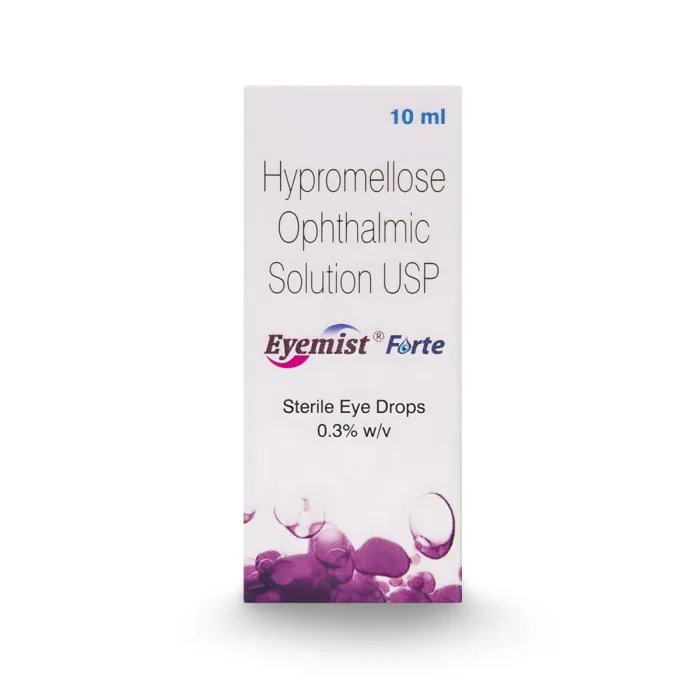If you’ve ever experienced Pink Eye, you understand how uncomfortable it can be. With all the itching and redness associated with the condition, it might leave you wondering can you swim with Pink Eye, or should you wait for it to clear up?
Pink Eye, often known as conjunctivitis, caused by viral or bacterial infections, is highly infectious. It can spread from on person to another through direct contact or infected surfaces.
So, before you grab your swimsuit, let’s discuss whether it is ok to swim with Pink Eye or not.
Can You Swim With Pink Eye
No, swimming with Pink Eye is usually not recommended due to the several health hazards linked with the condition and the swimming environment. Pink Eye is a highly contagious eye condition caused by viruses or bacteria.
Swimming with the condition can spread the Pink Eye infection to others and may worsen your symptoms.
Now, let’s have a look at the health risks of swimming with eye infections like Pink Eye.
Save up to 90% on your medicine bills

Eyemist Forte 10 ml

Milflox 0.5% 5 ml

Restasis 0.05% Ophthalmic Emulsion

Pred Forte 10 ml
1. Spread of Infection
Swimming with conjunctivitis increases the risk of transmitting the infection to others. Both viral and bacterial Pink Eye are very infectious, which means that if you swim in a pool or a natural body of water, you can quickly spread the condition to others.
Even with chlorinated water, which kills most germs, the virus or bacterium that causes Pink Eye can survive long enough to infect another individual.
Hence, the Centers for Disease Control and Prevention (CDC) recommends that those affected with Pink Eye should avoid using public swimming pools.
2. Worsening of Symptoms
Swimming pools contain chlorine, which may worsen the symptoms associated with Pink Eye, causing further redness, grittiness, and symptoms of dry eyes.
Furthermore, chlorine damages the tear layer that covers the eyes, making them more sensitive to further irritation from chemicals and germs in the water.
Natural bodies of water, such as lakes and rivers, may contain extra germs and pathogens, worsening an already existing eye infection. When the eyes are already affected by Pink Eye, interaction with these allergens can lead to further problems and a more serious infection.
When Can You Swim Again
If you have Pink Eye, it is advisable to avoid swimming until the infection has completely healed. The ideal time frame to resume swimming after Pink Eye may vary depending on your specific condition and the underlying cause. However, here are a few guidelines to follow to reduce the risk of spreading the infection:
1. Consult a Doctor
It is essential to get a healthcare checkup to determine the kind of conjunctivitis and the most appropriate treatment. Generally, cool compresses and artificial tear drops are suggested to help relieve discomfort in allergic and viral Pink Eye.
Pink Eye antibiotics and warm compresses are typically used to treat the symptoms of bacterial Pink Eye.
2. Wait For Recovery
Pink Eye can last from a few days to several weeks. It is best to wait until your symptoms have entirely subsided and you have been cleared by a healthcare practitioner before resuming swimming activities.
3. Practice Good Hygiene
To prevent the infection from spreading, avoid sharing towels, cosmetics, or personal goods. Wash your hands often and avoid touching your eyes.
If you have Pink Eye, do not wear makeup or contact lenses, as they could worsen your symptoms.
Key Notes
Are you wondering if can you swim with Pink Eye? The answer is a big NO. Swimming with Pink Eye may worsen your already sensitive eyes and also increase the chance of transmitting the infection to others.
So take this time to rest and recover! Ensure proper hygiene and care and take treatment, if required, based on the underlying causet. Once your Pink Eye has cleaned up and your doctor has given you approval, you may safely return to the pool.
Remember, your eye health is important; a little patience now will result in a far more pleasurable swim later!

Frequently Asked Questions
Can I wear goggles while swimming with Pink Eye?
Yes, you can wear goggles when swimming with Pink Eye to protect your eyes by keeping water and irritants out, but this does not eliminate the danger of worsening your symptoms or transmitting the condition to others.
See our Recommendations
Are saltwater pools safer for someone with Pink Eye?
Although saltwater pools may be gentler on the eyes than standard chlorine pools, they are not always safer for people with Pink Eye. The salt can still harm infected eyes. Therefore, it’s advisable to avoid swimming until your symptoms disappear, regardless of the pool type.
See our Recommendations
How can you identify whether Pink Eye is viral or bacterial?
Bacterial Pink Eye typically produces a yellow or green sticky discharge throughout the day. The infected eye may feel irritated, and eyelids may swell. Viral Pink Eye often produces watery discharge throughout the day and sticky discharge in the morning. The eyelids may get very swollen.
See our Recommendations
Can I swim in a UV-treated pool if I have Pink Eye?
Although UV light helps destroy bacteria, it does not prevent the possibility of spreading or worsening Pink Eye. Therefore, swimming is still not suggested.
See our Recommendations
Can I use eye drops before swimming to prevent my eyes from Pink Eye?
Yes, you can use lubricating eye drops before swimming,, as they can relieve discomfort. However, they will not prevent the infection from spreading or the pool water from worsening your Pink Eye.
See our Recommendations
Cheap Medicine Shop only refers to credible, authoritative sources for our content. If you’re curious about how we ensure the integrity of our content, we encourage you to read our Content Information Policy.














